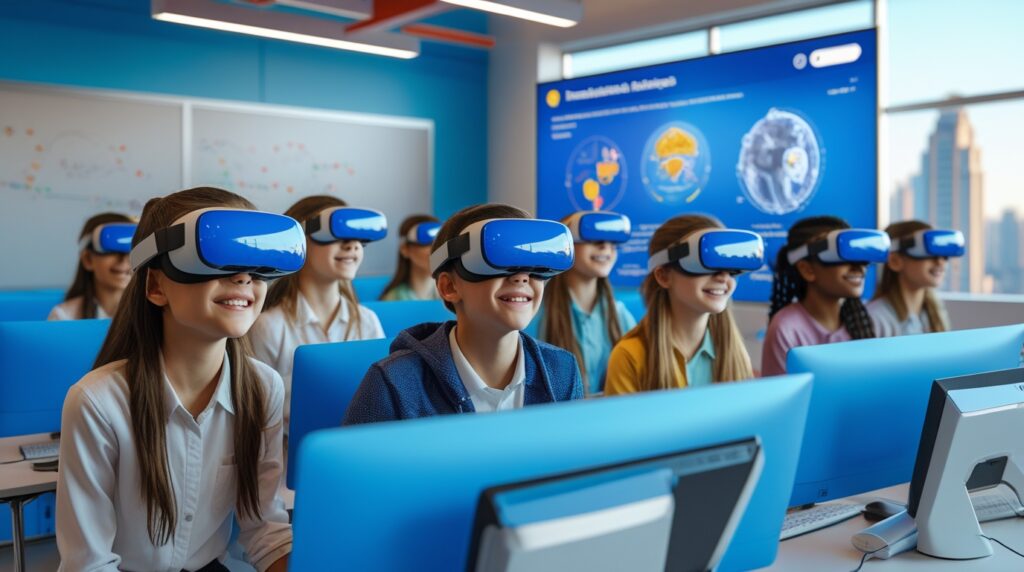Transforming Education with Experiential Learning Tools in AR and VR
Introduction: A New Era of Immersive Education
Education has evolved far beyond textbooks and classrooms. With the rise of Augmented Reality (AR) and Virtual Reality (VR), learning has entered a new dimension — one that allows students to see, feel, and experience concepts rather than simply reading about them. These experiential learning tools combine technology and interactivity to make education engaging, immersive, and effective.
Whether it’s walking through ancient civilizations, exploring the human body in 3D, or simulating chemical reactions safely, AR and VR redefine how learners connect with knowledge.
What Are Experiential Learning Tools?
Experiential learning tools are digital platforms, simulations, or interactive systems that help learners gain hands-on experience through practice, reflection, and real-world application.
Unlike traditional methods where learners are passive receivers of information, experiential learning focuses on learning by doing.
In the context of AR and VR, these tools include:
- AR-based educational apps that overlay digital content on physical objects.
- VR simulations that recreate real-life scenarios for exploration or training.
- Interactive 3D environments that encourage discovery and experimentation.
Such tools transform abstract ideas into tangible experiences, helping learners retain information longer and develop critical thinking skills.
How Augmented Reality Enhances Experiential Learning
- Augmented Reality blends digital information with the physical world, adding layers of interactivity to real-world environments through smartphones, tablets, or AR glasses.
Key advantages include:
- Interactive Visualization: Students can view 3D models of molecules, planets, or architecture directly in their surroundings.
- Real-World Context: AR connects theory to real-world examples, strengthening understanding.
- Collaborative Learning: AR encourages group engagement, allowing multiple learners to interact with the same content simultaneously.
- Accessibility: AR apps make complex subjects easier to grasp, breaking language and cognitive barriers.
For example, a biology student can explore a 3D heart model through an AR app, rotating it, viewing layers, and understanding anatomy in detail — a learning experience far more memorable than textbook diagrams
The Role of Virtual Reality in Experiential Education

- Virtual Reality creates entirely digital worlds where learners can fully immerse themselves. Wearing a VR headset, students can enter a simulated environment that feels lifelike and interactive.
VR’s experiential learning benefits include:
- Complete Immersion: Learners are surrounded by the content, improving focus and retention.
- Safe Simulations: VR enables practice in risk-free environments — like surgical procedures, firefighting, or hazardous engineering tasks.
- Personalized Learning Paths: VR platforms can adapt based on learner progress.
- Empathy Development: Walking in someone else’s shoes through VR can improve emotional intelligence and understanding of diverse perspectives.
For instance, VR can transport learners to Mars for a space exploration simulation or into historical events for immersive storytelling.
Real-World Applications of AR/VR in Education
- The use of AR and VR experiential learning tools extends across multiple sectors:
- K-12 Education: Teachers use AR flashcards and VR field trips to enhance engagement.
- Higher Education: Universities employ VR labs for medical, engineering, and architectural training.
- Corporate Training: Businesses use VR to simulate real-world work environments, helping employees master skills faster.
- STEM Learning: AR/VR make complex scientific and mathematical concepts more approachable and interactive.
Benefits of Experiential Learning through AR and VR
- Enhanced Engagement: Interactive content captures students’ attention.
- Improved Knowledge Retention: Learners remember visual and emotional experiences better.
- Bridging the Theory-Practice Gap: Concepts become practical and actionable.
- Increased Motivation: Gamified learning boosts curiosity and participation.
- Global Accessibility: Learners anywhere can access quality education through digital platforms.
Challenges and the Future of AR/VR in Education
While the potential is vast, institutions face challenges such as hardware costs, technical integration, and the need for teacher training. However, with increasing adoption of affordable headsets and AR-enabled devices, immersive learning will soon become a standard part of modern education.
The future points toward AI-powered AR/VR classrooms, where adaptive learning, gamification, and real-time feedback will revolutionize education.
Conclusion: The Evolution of Learning Has Just Begun
Experiential learning tools in AR and VR are transforming how we teach, train, and learn. They bridge imagination with reality, making education not just informative but truly experiential. As technology continues to evolve, AR and VR will become the foundation of innovative, inclusive, and future-ready education systems.

